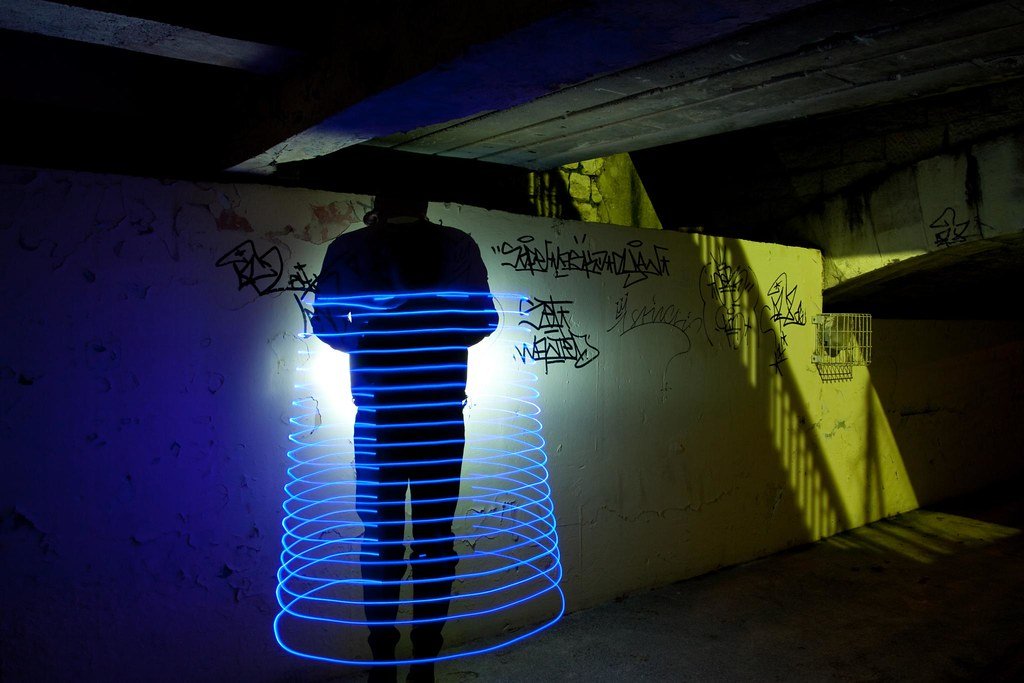Imagine a world where science fiction isn’t confined to the pages of a novel or the screen of a movie. It’s a reality, and it’s unfolding right before our eyes. In laboratories across the globe, scientists are pushing the boundaries of what we consider possible, with breakthroughs that seem to leap right out of a futuristic tale. These discoveries challenge our perceptions and redefine the limits of human innovation. Dive into this fascinating realm where science fiction meets reality.
Teleportation: From Science Fiction to Reality

Teleportation has long been a staple of science fiction, from “Star Trek” to “The Fly,” capturing our imaginations with the idea of instant travel. Incredibly, researchers have been making strides in this area with the concept of quantum teleportation. Unlike the Hollywood version, this process involves transferring information rather than physical objects. Scientists have successfully teleported quantum information between photons, which involves entangling pairs of particles and transferring the state of one to another. While we’re far from teleporting humans, this advancement has significant implications for the future of communication and computing. It’s a small but exciting step toward a world where distance might not matter as much.
CRISPR: The Genetic Scissors

Editing genes might sound like something out of a dystopian novel, yet CRISPR technology has turned this fantasy into reality. CRISPR, which stands for Clustered Regularly Interspaced Short Palindromic Repeats, allows scientists to precisely alter DNA. This revolutionary breakthrough has already been used to correct genetic defects in animals and holds promise for treating human genetic disorders. Imagine a world where diseases like cystic fibrosis or Huntington’s could be corrected at the genetic level. While ethical considerations are at the forefront of this technology, its potential to transform medicine is undeniably profound.
Artificial Intelligence: Machines That Think

The idea of machines possessing human-like intelligence has been a recurring theme in science fiction. Today, with artificial intelligence (AI), we are witnessing machines that can learn, reason, and even create. AI systems are now capable of beating human champions in complex games like Go and Chess, tasks once thought impossible for machines. Furthermore, AI is being integrated into everyday life, from virtual assistants that manage our schedules to autonomous vehicles navigating busy streets. The journey toward machines that can think and act autonomously is well underway, raising both excitement and important ethical questions about the future of AI.
Lab-Grown Meat: A New Take on Protein

The thought of growing meat in a lab sounds like something from a science fiction novel, yet it’s becoming a reality. Scientists have developed techniques to culture meat from animal cells, creating a product that mimics traditional meat without the need for raising and slaughtering animals. This innovation promises to revolutionize the food industry by providing a sustainable and ethical alternative to conventional meat production. Lab-grown meat could significantly reduce the environmental impact of agriculture, addressing issues like deforestation and greenhouse gas emissions. It’s a culinary revolution that could change how we think about food.
Nanotechnology: Engineering at the Molecular Level

Nanotechnology brings to mind images of microscopic robots performing tasks within the body, a concept that seems straight out of a science fiction saga. In reality, nanotechnology involves manipulating matter on an atomic and molecular scale, and it’s already being used in various fields. From medicine, where nanoparticles deliver drugs directly to cancer cells, to electronics, where they improve the efficiency of devices, the applications are vast. The ability to engineer materials at such a small scale opens up possibilities that are only limited by our imagination.
Mind-Controlled Prosthetics: Bridging Biology and Technology

Prosthetic limbs controlled by the mind might sound like something dreamed up by a science fiction writer, but they are now a reality. Advances in neuroscience and robotics have led to the development of prosthetics that can be operated through brain signals. This breakthrough offers new hope for amputees, allowing them to control their prosthetic limbs as naturally as their biological ones. By using brain-computer interfaces, these devices interpret neural signals, enabling movements that were once thought impossible. It’s a remarkable blend of biology and technology, illustrating the profound impact scientific innovation can have on human lives.
Space Travel: Exploring Beyond Our World

Space travel has always been a hallmark of science fiction, with tales of humans journeying to distant galaxies. Today, private companies like SpaceX and Blue Origin are making strides in making space travel more accessible. The concept of commercial space flights is no longer a distant dream but a developing reality. With the possibility of moon bases and Mars colonization on the horizon, humanity’s reach into the cosmos is expanding. These advancements not only fuel our curiosity but also hold the potential to solve earthly challenges by providing new resources and knowledge.
Invisibility Cloaks: From Fantasy to Fact
The idea of an invisibility cloak has fascinated many, appearing in myths and modern stories alike. Surprisingly, scientists are working on materials that can render objects nearly invisible by manipulating light. These “metamaterials” bend light around an object, effectively concealing it from view. While the technology is still in its infancy and primarily used for small-scale applications, it opens up intriguing possibilities for future innovations in fields such as stealth technology and privacy. It’s a captivating example of how scientific ingenuity continues to blur the lines between fiction and reality.
Bioluminescent Plants: Lighting the Future

Bioluminescence is a natural phenomenon often associated with deep-sea creatures and enchanting forests in fantasy tales. However, scientists are exploring ways to harness this ability in plants. By incorporating genes from bioluminescent marine organisms into plants, researchers aim to create glowing plants that could potentially replace traditional streetlights. This innovation not only adds an aesthetic appeal but also offers an environmentally friendly solution to urban lighting. It’s a fascinating intersection of biology and technology, promising a future where our cities are illuminated by nature itself.
3D Printing: Creating the Unimaginable
3D printing has evolved from a niche technology to a powerful tool that can create complex objects layer by layer. This technology allows for the production of everything from simple toys to intricate medical implants and even entire houses. In the realm of science fiction, the ability to “print” anything on demand has been a recurring theme, and it’s becoming more of a reality each day. With ongoing advancements, 3D printing has the potential to revolutionize manufacturing, healthcare, and countless other industries, offering unprecedented customization and efficiency.
These breakthroughs may sound like the stuff of dreams, but they are tangible examples of human ingenuity at its finest. As science continues to advance, the line between reality and imagination becomes increasingly blurred, inviting us to ponder the limitless possibilities of the future.




